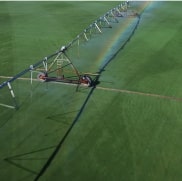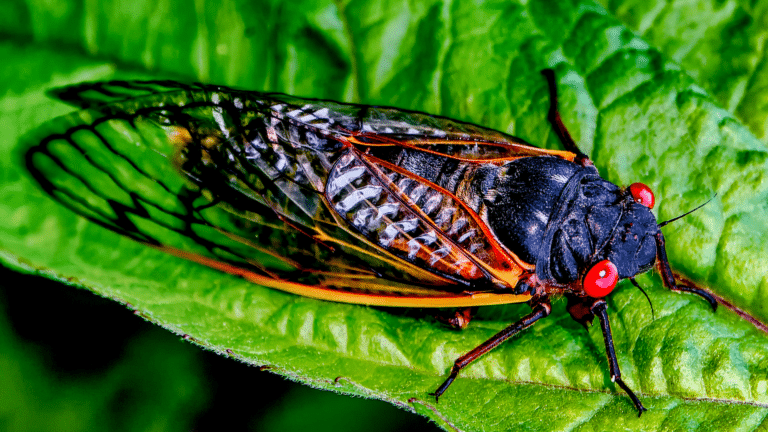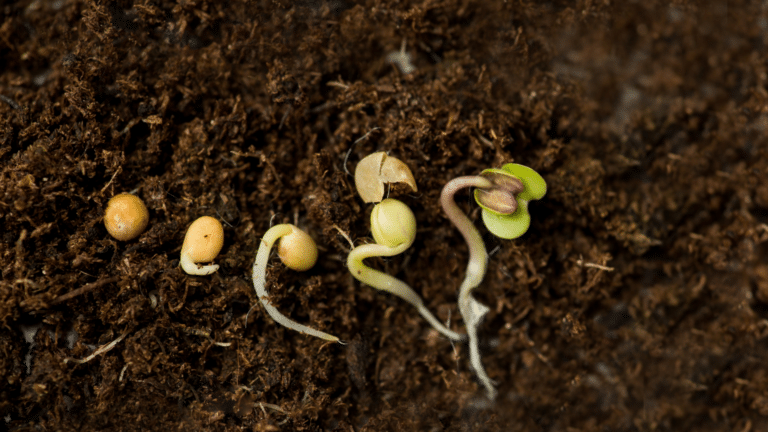Roses have a long, colorful history and have been in cultivation for 5,000 years. The modern roses have existed since 1867 and include the most popular varieties of hybrid teas, climbing, rugosa, and in our area, the shrub roses – knockouts, drift, and carpet roses because of winter hardiness.
Water
Newly planted roses require ½” to 1” and established roses require 1” to 2” of water per week. Start in spring or right after you have planted your roses. Water should be applied at one time. Measure the amount of water that comes from your hose nozzle by timing the amount of time it takes to fill a 2-gallon bucket. 35 seconds of water equals 2 gallons. Apply water to the base of the plant to avoid wetting the foliage, especially in late afternoon or evening. This will discourage disease development.
The amount of water required will depend on the soil type, sandy soils will need more than heavy clay soil. Be mindful of water runoff and allow water to soak in. Periods of drought and heat may require watering two or three times a week. Overwatering causes leaves to yellow and drop. The rules of thumb are to water less frequently but water deeply, and if not sure to water, check the soil by the finger test or prob down a few inches.
Mulch
Mulch will help retain moisture, maintain even soil temperatures, limit erosion, and inhibit weed growth. Avoid placing mulch directly in contact with the base of the plant, create a 2” crater around the base. This will help the soil eliminate excess moisture. At the end of November apply more mulch or fallen leaves for winter protection, remove in early April.
Pruning Roses
Reserve your main pruning for the spring at first signs of bud growth, this will help identify live and dead canes. Pruning after September can lead to winter injury. The main goal is to remove old and damaged canes. This will help with air circulation and encourage new cane formation. A rule of thumb on established plants is up to one third of the canes can be removed without hurting the plant. Pruning to shape and improve plant habits can be done anytime especially on shrub roses. They can be deadheaded anywhere and will reflower. Hybrid teas spent flowers must be deadheaded or pruned to the first five leaflets to bloom again. Removing any weak or spindly growth will divert energy to ensure a healthier plant.
Fertilizing Roses
Roses take a lot of nutrients from the soil. For most rose varieties start in spring as new growth is well along. Apply a second application during the first blooms in late May. Then fertilize every 2 –3 weeks with organic fertilizers such as Espoma Rose Tone. If you use synthetic fertilizers, then once a month and water in. Follow the application rates on the fertilizer containers whether it is granular or liquid forms. Do not fertilize past August 15th. Roses need a rest period with no new growth in fall to help prevent cold and winter damage.










